Kia Kaha Te Reo Māori.
Te Wiki o Te Reo Māori.
Leading up to Mahuru Māori, our team considered all the ways we might get involved in Te Wiki o Te Reo Māori.
As well as joining the Moment, and daily Te Reo practice around the offices, it also stimulated robust kōrero about the journey we are on as designers in an increasingly diverse Aotearoa.
It also led us to reflect on some of the work we have undertaken over the years through tikanga partnerships – and the principles that guided us.
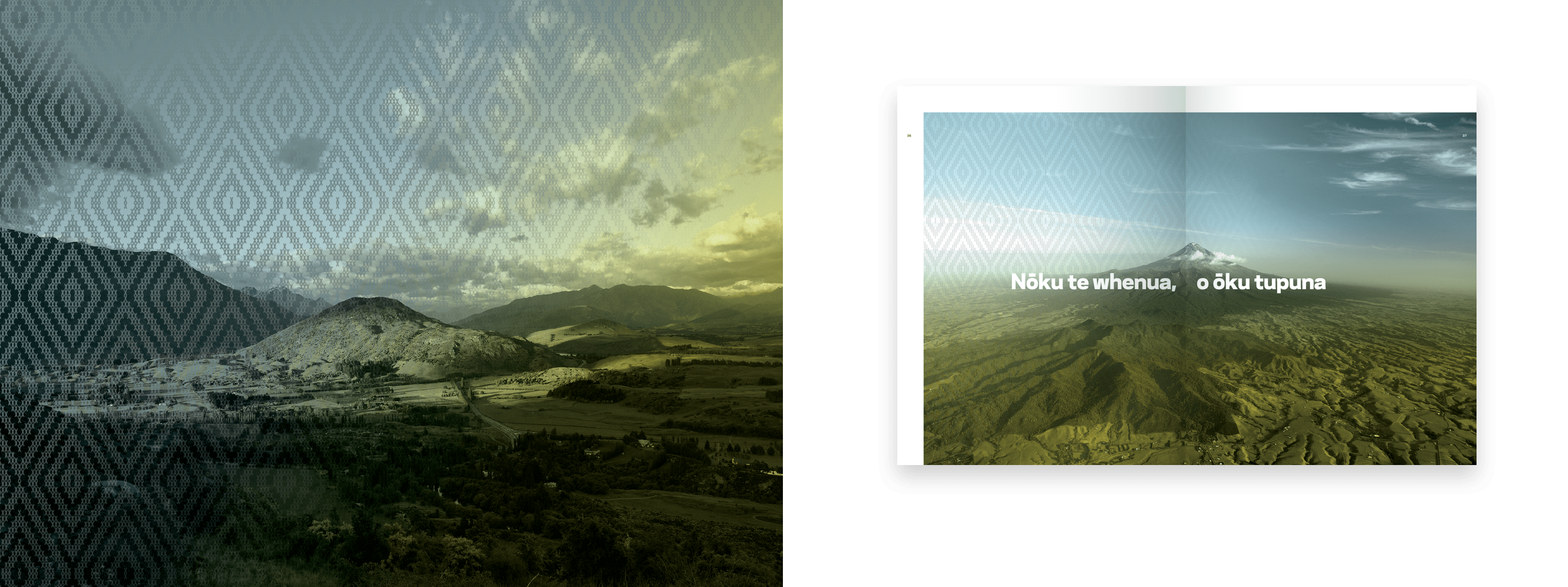
Mātou Whakaaro.
We believe that Aotearoa is on a journey in the right direction, albeit slowly.
Rightfully, we see Māori move more to the centre of how we identify as a nation and how we celebrate, mourn and present ourselves to others. With this, however, there is a duty to establish greater equity across our bi-cultural partnership.
We believe that when Māori are as well, as wealthy and as educated as everyone; when we are a vibrant multicultural society around a Māori core, we will have arrived.
Whilst there is much more to do, we feel initiatives such as Te Wiki o te Reo Māori helps build wider recognition of the precious taonga our indigenous culture provides and how it uniquely connects us to Aotearoa.
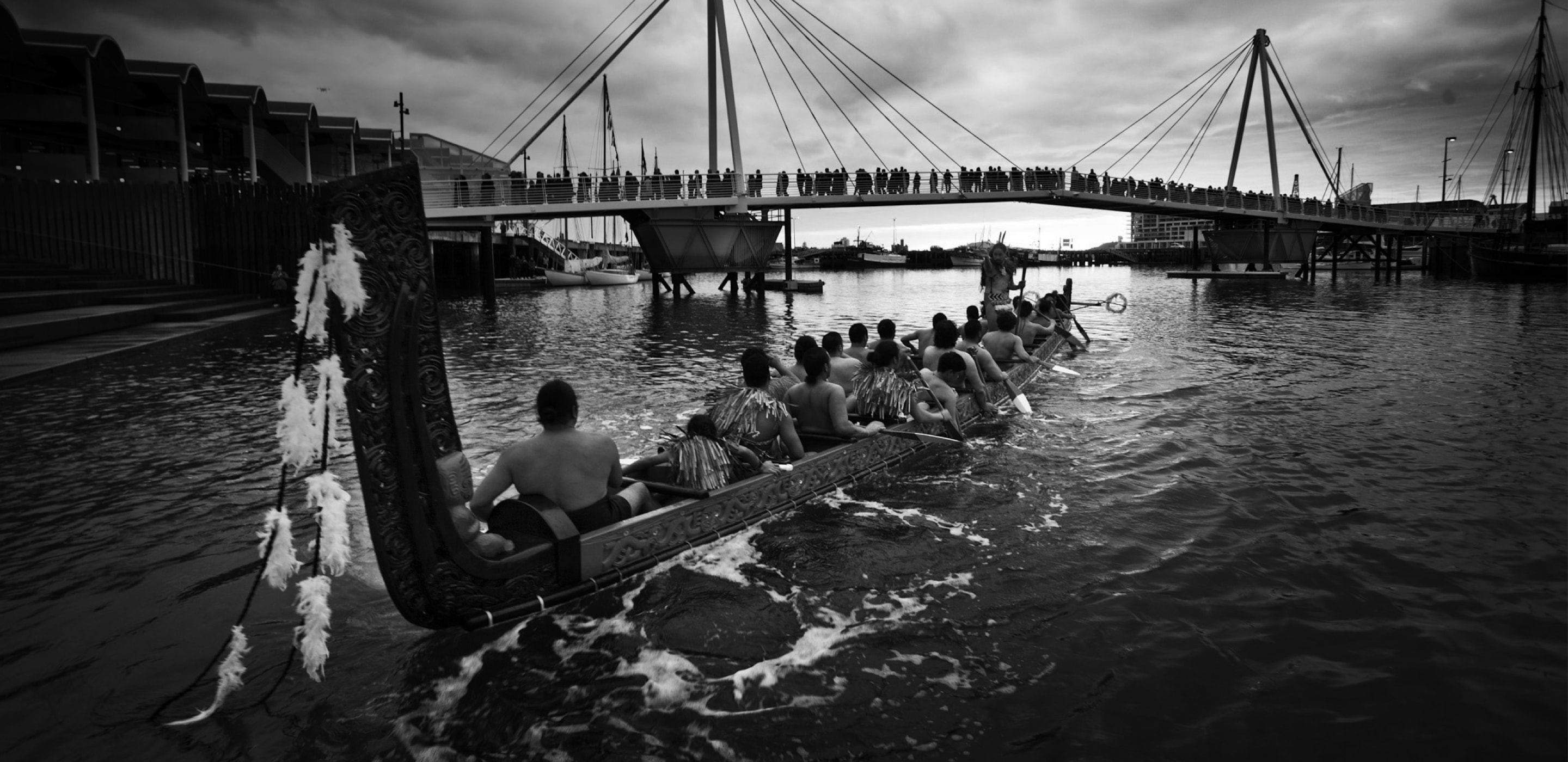
Whakawhanaungatanga.
Being able to see from different perspectives is an enormous strength for designers. Through our partnerships with kaupapa guardians and tikanga designers, many in our team have had the privilege of learning how Māori see the world, which is very different from a western point of view.
Work well together and build a relationship.
Build a relationship so you can work well together.
Where in the Pakeha world relationships typically form as a consequence of working together, for Māori they are a necessary precursor of delivering great work. It is with this very perspective and wisdom that forms the basis of our high integrity approach to designing within a te ao Māori context.
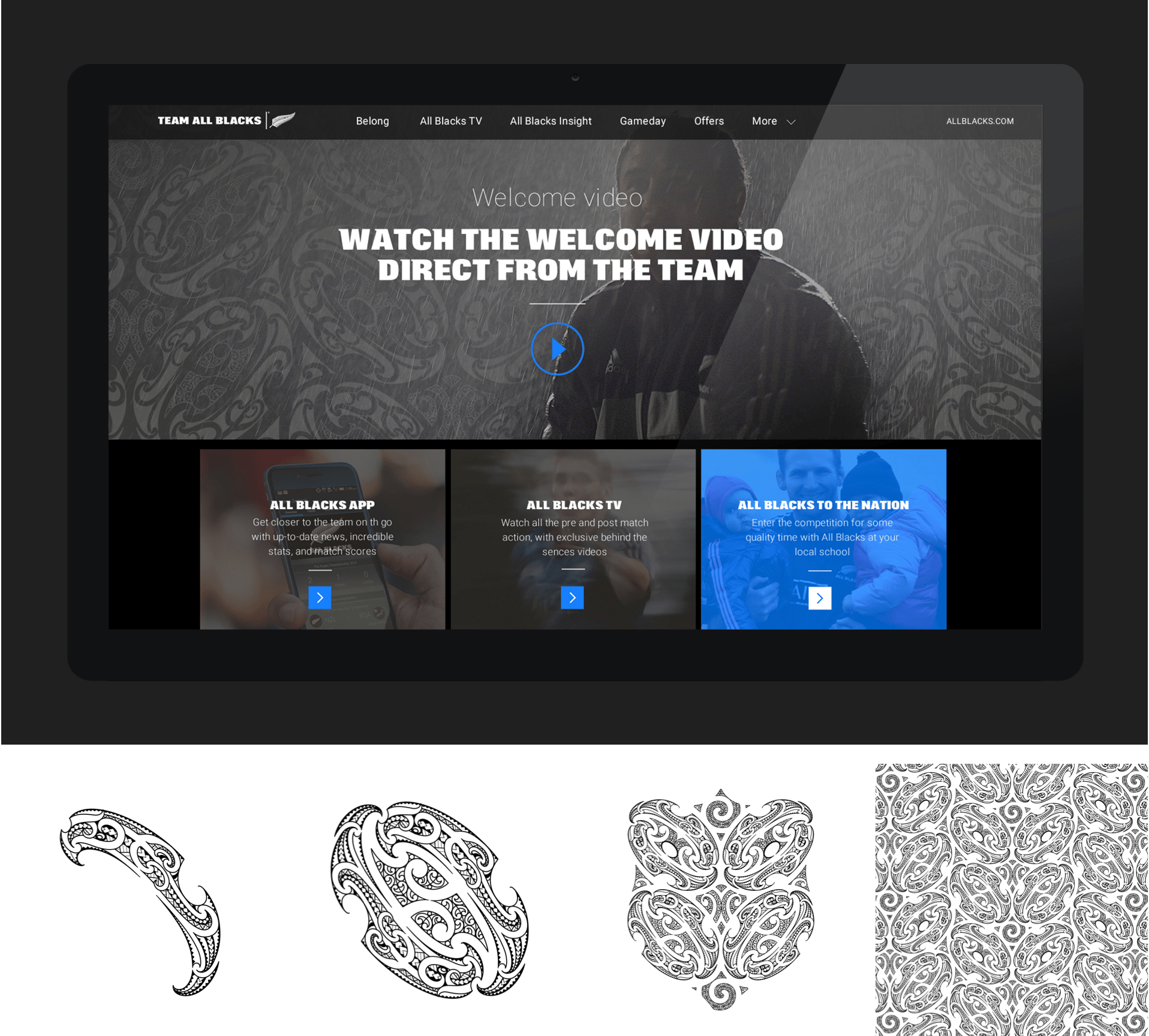
Te ao Māori Design Approach.
Our approach to working with and for Māori, and where Māori are key stakeholders developed from our involvement as design partners to the Te Hui Tamata conference in 2005. At that time our team worked alongside Taira Tahana, Tim Worrall and Te Arepa Kahi to produce a design for the hui that set a new standard for contemporary Māori visioning.
The approach we honed then and we continue to use has three key components:
Kanohi ki te Kanohi — The very first thing we do is forge the team in face-to-face dialogue and relationship building. This takes as long as necessary to understand each other and forge a united vision and a firm trust. We do this before any facet of design is tackled.
Pakihiwi ki Pakihiwi — We never work in a Māori context without a Māori partner. With them we work in an equal partnership: Shoulder to shoulder. Through all of our work in this space, we have been fortunate enough to collaborate with highly regarded and talented tikanga expertise.
Mo te Iwi — The only yardstick for the value of our creative output is the people it is intended to serve. Because of this, we regularly expose our concepts, thinking and ideas to key stakeholders and representative users. This can be on a Marae, a hui or a less formal Pakeha construct. The essential is creating a space where kōrero can flourish, and ideas grow. What shape this process takes is agreed with the broader team and project stakeholders.
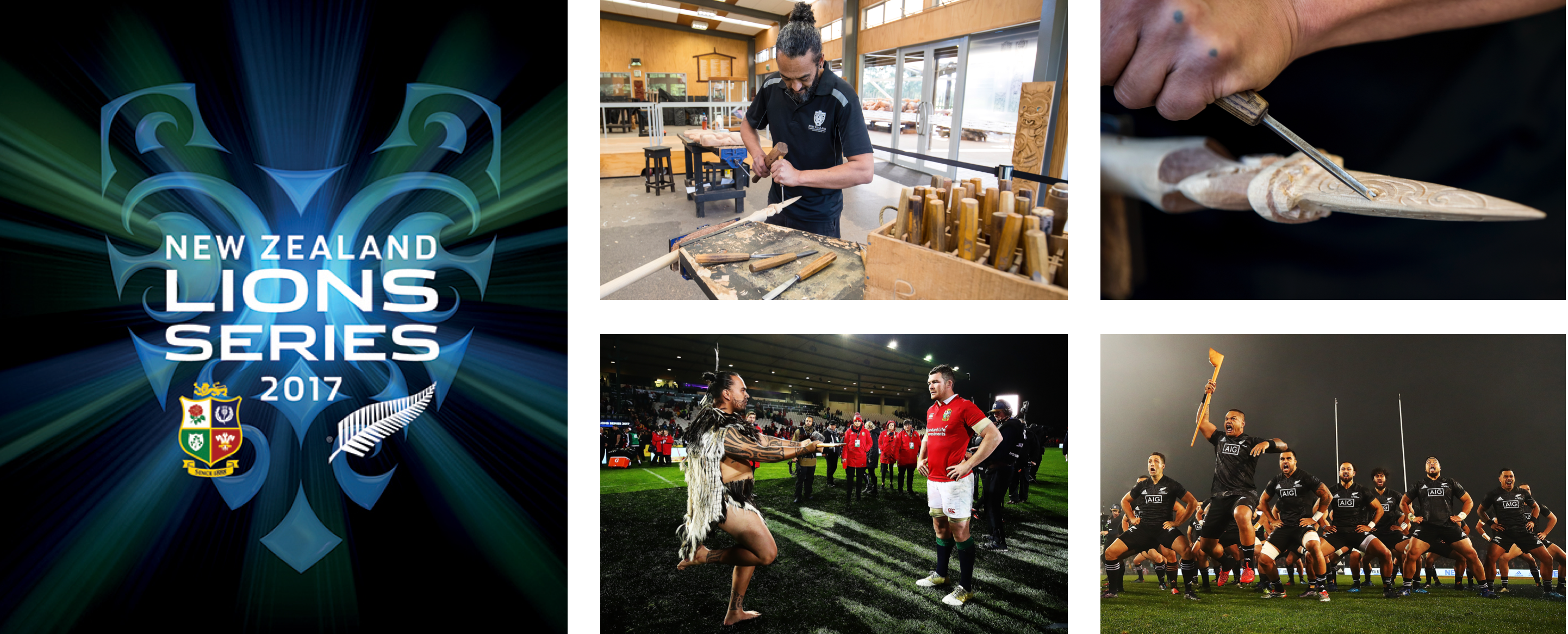
Whakakotahi.
Whilst we always partner with the right capability to deliver, we are also mindful of the client partnerships we establish when embarking on tikanga design.
Starting with a principle of working ‘with’ not ‘for’ our clients, is a critical part of the process to ensure successful outcomes. Again we have been fortunate enough to attract clients who respect the integrity the process requires and increasingly have their own kaupapa expertise that supports the wider team.
Encouragingly we are seeing a more open, receptive and encouraging response from many of our clients as they embrace a stronger recognition of tikanga and te reo being applied in different ways across the experiences, platforms and activities that are being designed.
We see the use of te reo is gaining traction in important areas such as in the hierarchy of content where it has greater prominence and consistency. The breadth and depth of what content is translated as well as stronger alignment of external tikanga expression to internally established kaupapa strategy that has been embedded within progressive organisations.
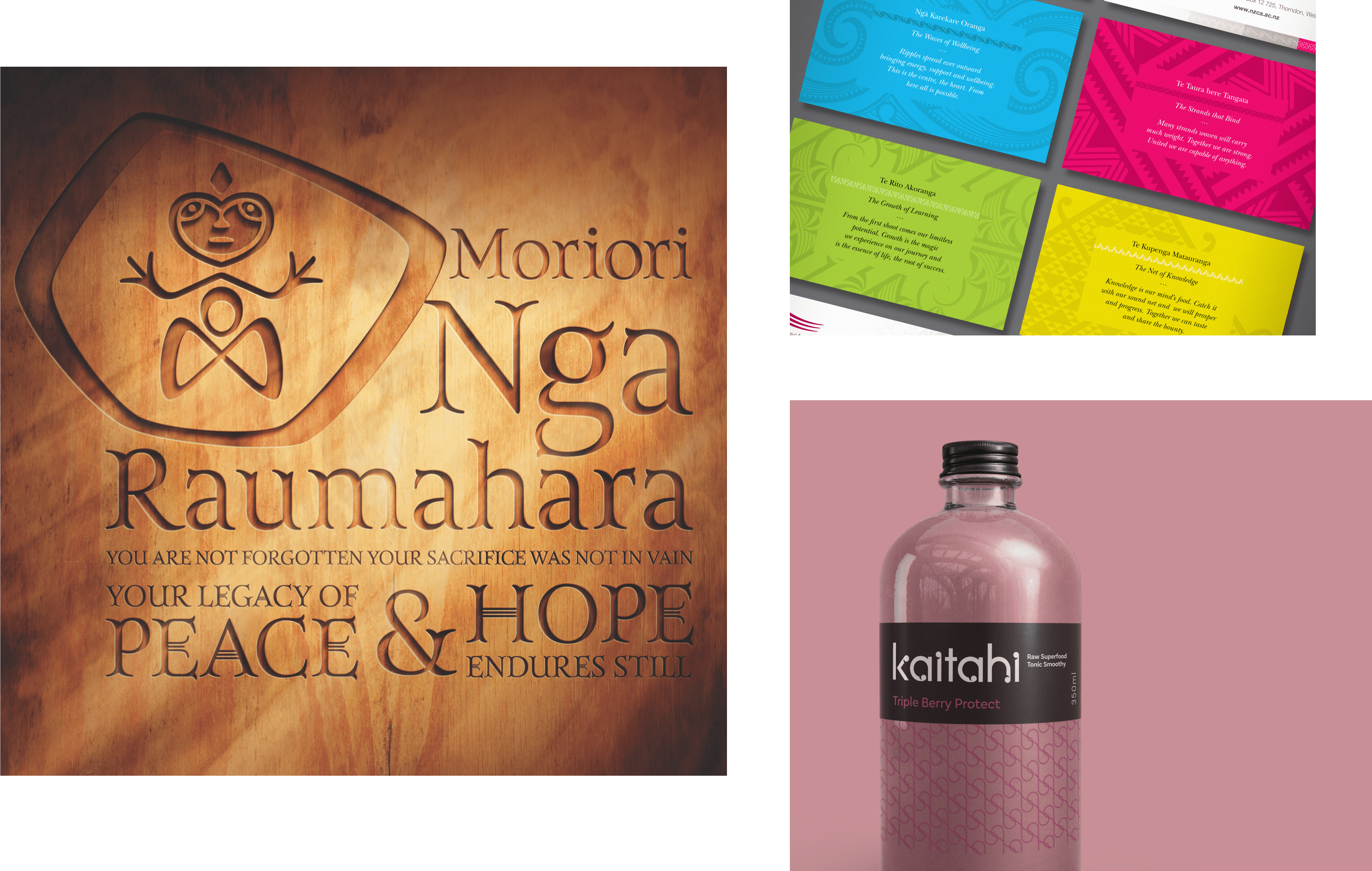
Rightful resurgence.
Whilst only one week in September, Te Wiki o Te Reo Māori, is another positive step in the movement to revitalise Māori language which needs every New Zealander to embrace it as part of our cultural norm. Over a million people (including us) signed up for ‘the moment’ which gives us hope that te reo, taonga of Māori, is re-awakening and its impact will ultimately benefit us all.
Every organisation and individual are at different stages of consciousness and confidence in their cultural journey. At DNA we have considered all the ways we might participate and rather than externalise our support, we are embracing this programme internally and through appropriate partnerships, will create stronger internal foundations of kaupapa and tikanga that we will grow from as we further our own journey of building cultural competency.
Kia Kaha Te Reo Māori.
Special thanks to the multi-talented Tim Worrall (Ngāi Tūhoe) who we have had the extraordinary privilege to collaborate with over many years, and across many projects. Ka pai te mahi Tim.